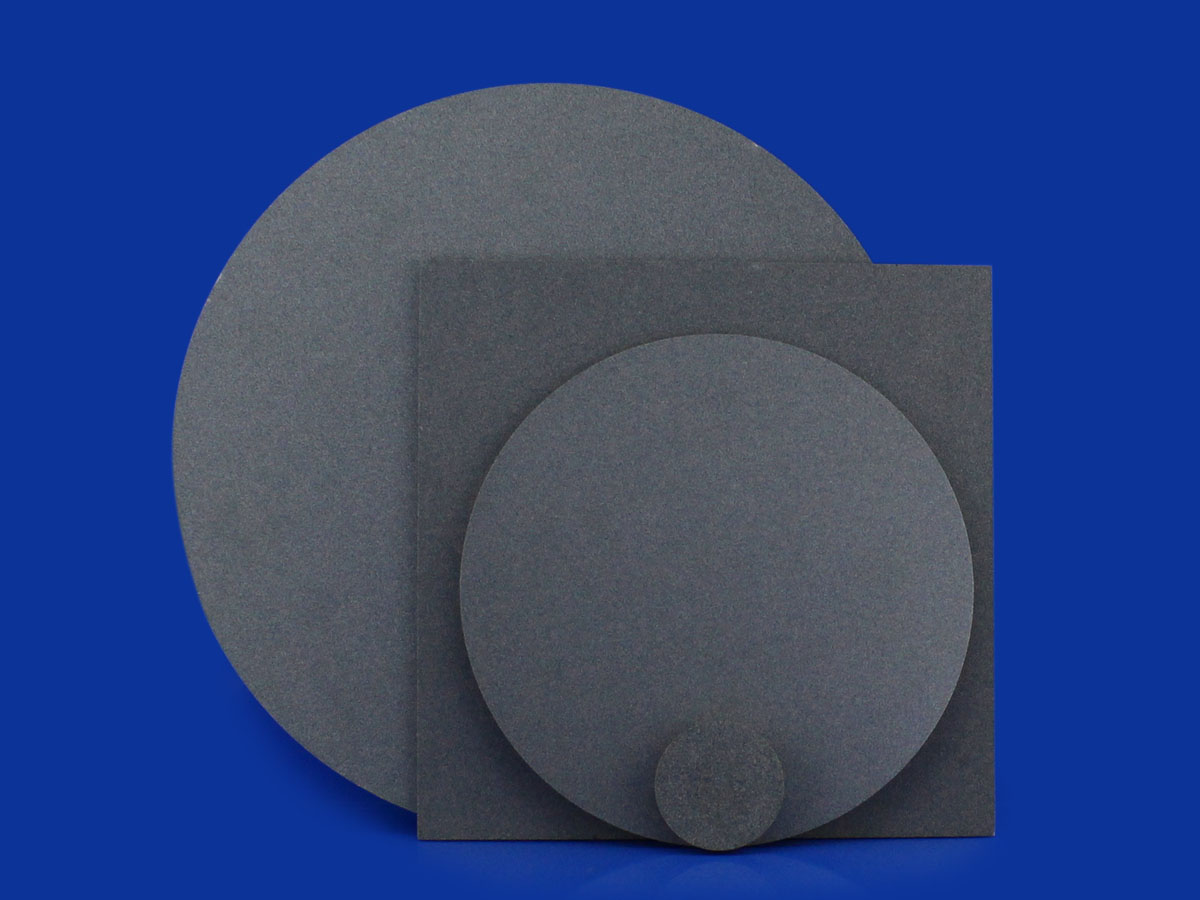
The electrostatic microporous ceramic chuck is a key part of the deep silicon etching machine. The electrostatic adsorption technology used is an advantageous technology that replaces the traditional mechanical clamping and vacuum adsorption methods. It has a wide range of fields in semiconductors, panel displays, and optics, application.
Features of electrostatic microporous ceramic chucks:
1. Can be used simultaneously in the atmosphere and vacuum environment;
2. Can adsorb conductors, semiconductors, insulators, and porous materials;
3. Simplified clamping and handling mechanism, low energy consumption for electrostatic adsorption;
4. The adsorption force is uniform, and there will be no local force during adsorption;
5. Light and soft support for large-area thin film, and there will be no scratches and wrinkles during adsorption;
6. It can be opened and closed quickly, and no potential is generated on the back of the object, and the surrounding dust is not absorbed.
Application fields: vacuum bonding in the panel industry, semiconductor chip packaging, microelectronic integrated circuits, precision optical component manufacturing, solar photovoltaic.
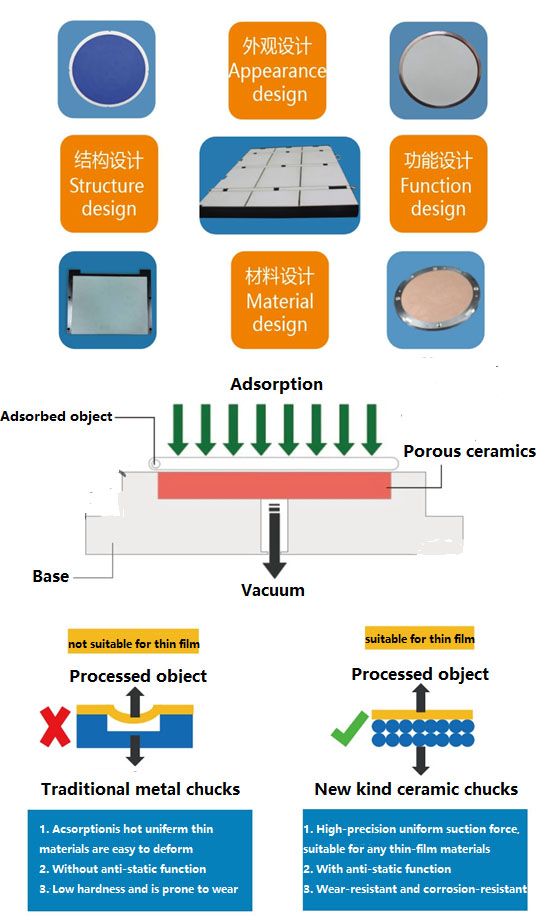

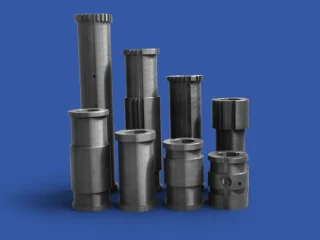
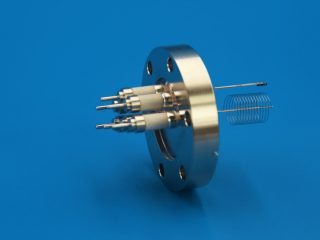
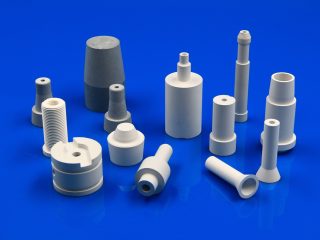
 Enquiry
Enquiry